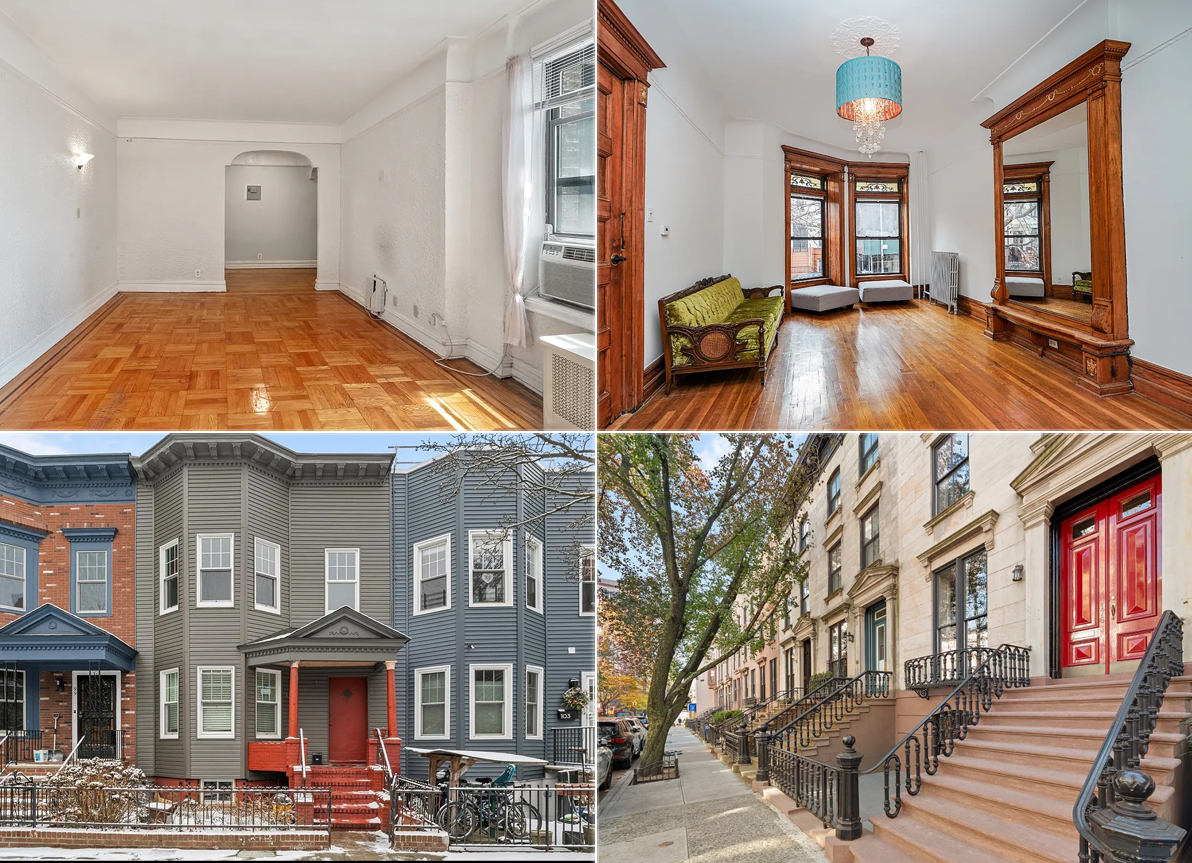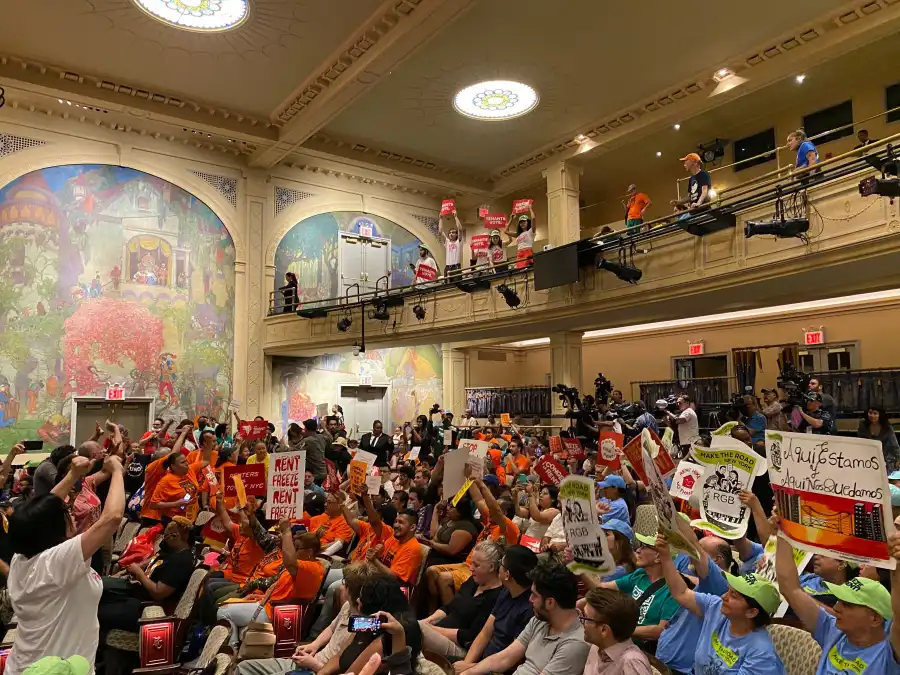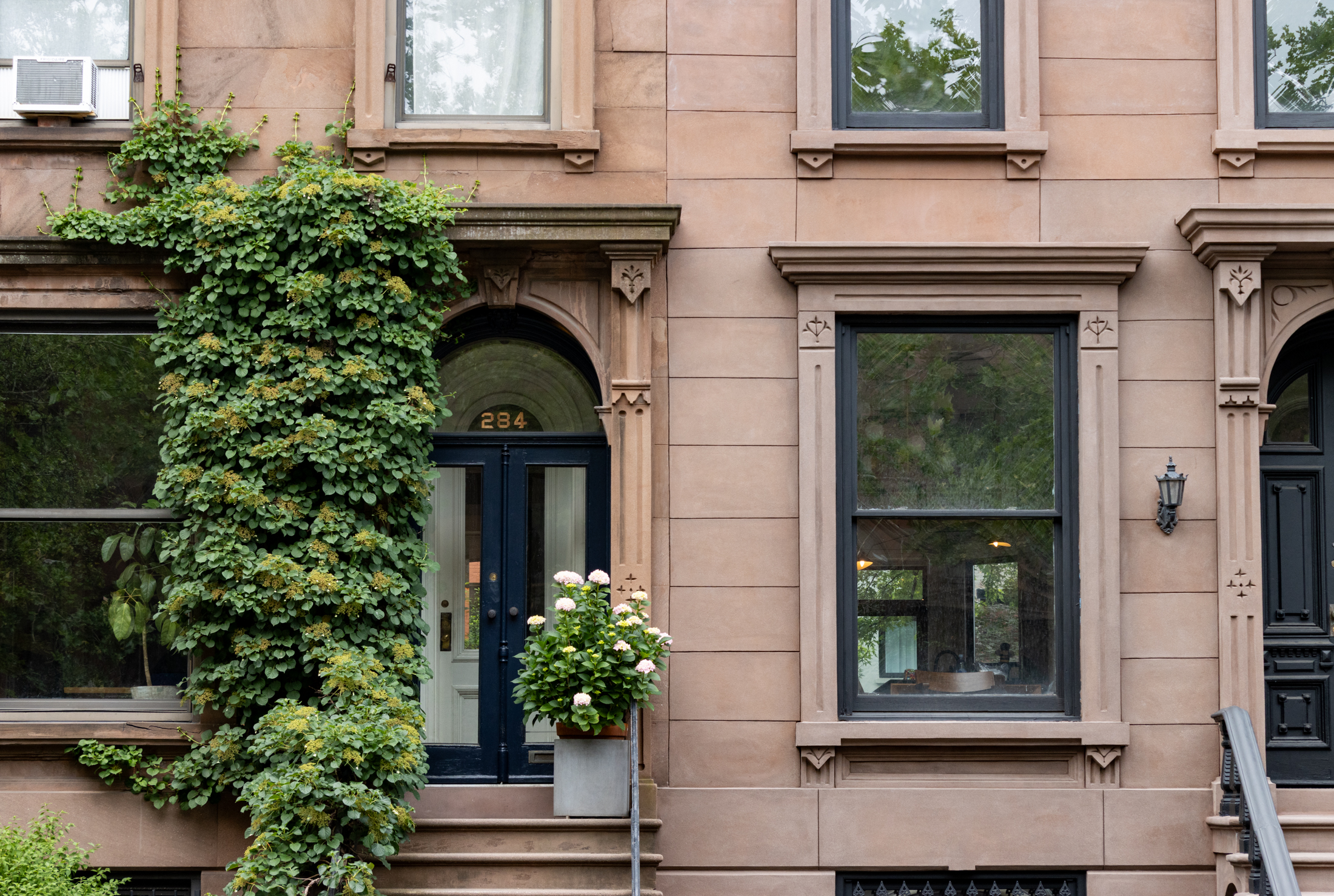The Secrets of Maspeth's Mount Zion Cemetery
The dead in Queens outnumber the living, thanks to the Rural Cemeteries Act of 1847-8. After a series of epidemics cut a broad swath through all of New York City’s social classes in the 1830s and ’40s (typhus, cholera, etc.) it was decided that no new interments of the departed would be allowed in Manhattan….


The dead in Queens outnumber the living, thanks to the Rural Cemeteries Act of 1847-8.
After a series of epidemics cut a broad swath through all of New York City’s social classes in the 1830s and ’40s (typhus, cholera, etc.) it was decided that no new interments of the departed would be allowed in Manhattan. The various religious organizations and denominations were encouraged to seek out large “rural” properties in which to house the mortal remains of their adherents. This section of Western Queens (and North Brooklyn) where these cemeteries are located has often been referred to as the “cemetery belt” for its enormous size and overall acreage. It’s actually visible from space.
The Roman Catholics purchased a large parcel they would call Calvary in the 1840s and the Lutherans opened Lutheran All Faiths in 1850. For adherents of the Jewish faith, Mount Zion Cemetery was incorporated and opened in the 1890s.
The first funeral at Mount Zion was held on May 5 in 1893.

Aboriginally, this was a swampy wetland and it stayed that way until the early 1800s when the growing community of Maspeth began to expand toward it, filling in and claiming the now dry land for itself.
At the outskirts of town, and nearby the modern cemetery, a Gypsy encampment was found. The “tribe” is said to have been called the Ludar, or Rudari, or Boyash, and were either a Romanian or Bosnian group (depending on whom you ask). These Ludar were said to be skilled copper smiths and adept animal trainers, services much in demand in the late 19th century. The animals they trained weren’t beasts for the fields but were instead circus performing horses, dogs and bears.
The Maspeth Police ran them off during the late 1930s, no doubt in association with the eastward advance and construction of the Long Island Expressway out from Hunters Point and up through Maspeth. I’m led to believe that a community of these Ludar persists in Sunnyside, but as yet this is pure area wag hearsay as I’ve never met anyone who so identifies. A Romanian friend once explained that “Rudari” means miner, which might explain the copper smithing part.
If anyone from the Roma community of Queens can fill in the blanks on these Ludar, please share it in the comments below.

Some 78 acres in size, Mount Zion is found at 59-63 54th Avenue in Maspeth. It is is bounded by Tyler, Maurice, 54th Avenue, and 58th Street. It sits across the street from 3rd and part of 4th Calvary Cemeteries. There seems to be an old section (near 58th street) and a more modern section near Maurice Avenue where more recent interments are found.
A Jewish cemetery, Zion seems extremely crowded as compared to the orderly rows found at the Catholic Church’s Calvary just across the street, but that’s because of certain Jewish burial customs which preclude more than one occupant in a grave or the practice and usage of ossuaries. Having grown up in a Jewish family, I can tell you that there is a long and complicated list of prohibitions which must be followed to the letter, otherwise there’s (literal) hell to pay.

Rose Rosenfeld Freedman — the longest living survivor of the Triangle Shirt Waist fire, is buried here. Most of the monuments you see are very old, dating back to at least the 1920s, and many bear sepulchral portraits picturing those buried here.
Oddly, the place is overrun by lizards. Really. Small Gecko-like lizards. They are everywhere and virtually impossible to get a clear photo of for their lightning like speed.
The cemetery is rudely framed by the Queens Midtown Expressway section of the LIE, a police driving range, and a gigantic sanitation facility. There is little to no sidewalk on either side of 58th Street, which is the former Betts Avenue. The latter name dates back to colonial times, and indicates that the original pathway between Woodside and Maspeth has been reached.

Street necrology notwithstanding, there is something very interesting about the masonry walls of Mount Zion along 58th Street. Something difficult to notice while driving or biking, as you’re moving too fast. When you walk past it, though…
There’s a stout iron fence protecting the place, and a masonry wall which grows taller as the grade of the road changes its declination which acts as its base. The masonry is a slapdash affair, concrete and mortar holding together a seemingly random series of slabs — an aggregate wall, in modern parlance.
Something decidedly non random about these slabs is noticed, however, as there’s a certain uniformity of ratio…

Marble and granite in composition, these slabs betray themselves simply by their shape, even though their inscriptions face inward and away from you.
Tombstones. The wall is made of broken tombstones.





I walked through here once. It is so different from how I imagine other cemeteries to be. It is very crowded like you said. I was really surprised to find that it was a Jewish cemetery, only because the area isn’t very Jewish at all. Even though maybe the name should have given it away. It was interesting to see all the years on the tombstones, all the way from the 1800s to the early 2000s. The triangle shirtwaist factory monument was a surprise. When my little sister was in elementary school she went on a field trip to one of the cemeteries where a lot of the victims of the triangle shirtwaist factory were buried. I think it was another cemetery in Maspeth though.